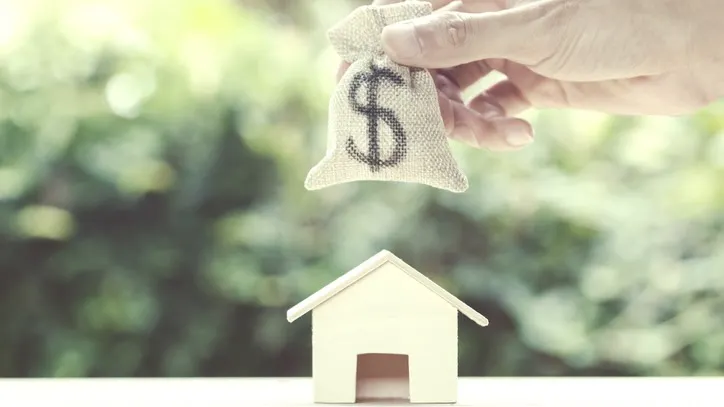Nominal retail sales increased last month by 1% as inflation continued to accelerate, according to a Friday report from the U.S. Department of Commerce.
Americans spent $680.6 billion on retail and food services in June 2022, marking an 8.4% increase since June 2021. The Commerce Department data, however, were not adjusted for inflation, implying that at least some of the rise in spending could have come from higher price levels rather than meaningful increases in economic activity.
Indeed, the release comes two days after the U.S. Bureau of Labor Statistics revealed that the Consumer Price Index (CPI) rose 1.3% last month and 9.1% since the same time last year — both of which outpace the month-to-month and year-to-year retail sales increases. Similarly, the Producer Price Index (PPI) rose 11.3% year-over-year.
According to the Commerce Department, spending at gasoline stations alone rose 3.6% from May and 49.1% from last year. Gas prices reached $5.00 per gallon in early June before falling to a national average price of $4.58 as of Friday, according to AAA. Roughly 50% of recent CPI increases and roughly 90% of recent PPI increases was driven by energy prices.
President Joe Biden, however, pointed to the somewhat lower prices at the pump as an indication that the inflation news is outdated. “Energy alone comprised nearly half of the monthly increase in inflation. Today’s data does not reflect the full impact of nearly 30 days of decreases in gas prices,” he said in a Wednesday statement. “Those savings are providing important breathing room for American families.”
The 1% overall increase in spending last month exceeded the Dow Jones estimate of 0.9% and reversed a 0.1% decline in May. Beyond fuel costs, spending at grocery stores rose 8.3% year-over-year, while spending on furniture rose 4.6% and spending on hobbies rose 2.7%.
Americans appear to be dipping into their savings as a means to cover expenses amid rising prices, which are outpacing nominal wage growth by 3%. The personal saving rate — the portion of disposable income Americans allocate to savings — was 5.4% as of May, according to a report from the U.S. Bureau of Economic Analysis. Remaining below 6% for every month of 2022, the measure is far from the 7% to 9% seen over the previous decade.
As savings rates rose beyond 10% and at times above 30% between April 2020 and March 2021, Americans accumulated up to $2.5 trillion in savings, according to the Brookings Institution, with much of the funds deposited into checking and savings accounts. Yet the need to tighten budgets is now diminishing the overall pool of savings.
Recessionary fears are growing as consumers — who account for the majority of economic activity in the United States — face higher cost pressures. The Federal Reserve Bank of Atlanta estimates that the economy shrank at a 2.1% annualized pace in the second quarter of 2022 — a development that would follow the economy contracting at a 1.5% pace in the first quarter, meeting the technical definition of a recession.
The higher inflation rates are leading officials at the Federal Reserve to eye another rate hike of at least 0.75% later this month, which would match an identical increase in June that already marked the largest increment since 1994.
“We have important data releases on retail sales and housing coming in before the July meeting,” Federal Reserve Governor Christopher Waller said on Thursday. “If that data comes in materially stronger than expected it would make me lean towards a larger hike at the July meeting to the extent it shows demand is not slowing down fast enough to get inflation down.”

.png)
.png)

